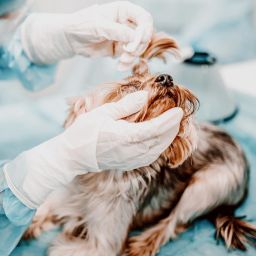Eye examination in animals
Text: Lucie Míková, DVM Photo: Shutterstock
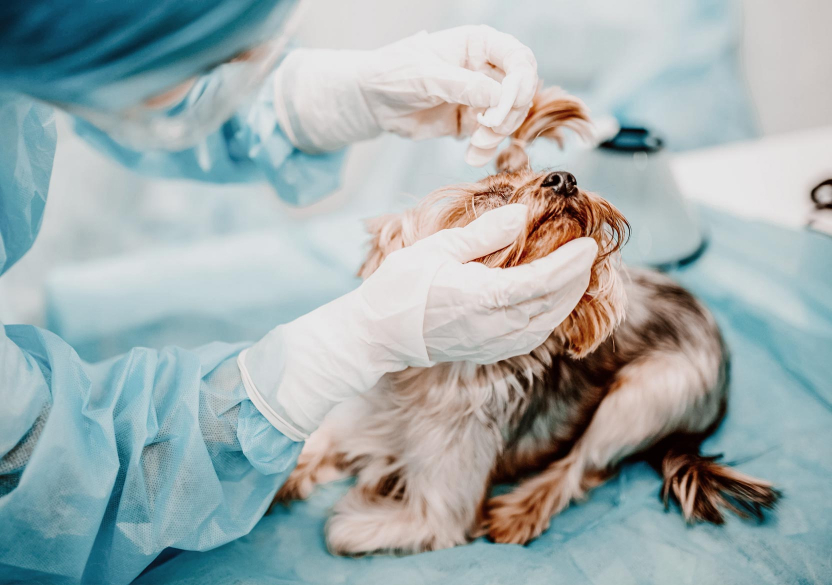
The examination of animal eyes is very similar to the examination of human eyes and should be part of the basic examination, as general disease is associated with ocular involvement in many cases. High-level veterinary ophthalmology is comparable to human medicine.
We look at the eyeball itself as well as the eyelids. We examine both eyes, looking at reflexes and any changes to the head. We use direct light to examine the reflexes, we look at the reaction of the pupils Ė they must both react at the same time at the same magnitude. They narrow in direct light and widen in the dark. The dazzle reflex is also important Ė if we illuminate the eyes, the animal must blink; if this reflex is absent, the retina is not working and the animal is blind.
Schirmer test test is performed using strips that are inserted on the edge of the lower eyelid; the strip is marked with a scale (it can also be colored). We perform the test for 1 minute and measure on the scale how far the tears have advanced. In a healthy animal, the value should be at least 10.
The Fluorescein test is done using strips or drops. Fluorescein penetrates the damaged cornea and the damaged area turns green. If corneal damage is confirmed, corticosteroids must not be applied topically as they could cause corneal breakdown.
Measurement of intraocular pressure is an essential part of the examination. We use applanation tonometers that measure the flattening of the cornea depending on the magnitude of the intraocular pressure. The value is measured 5 times in immediate succession; the values are displayed on the tonometer screen and the final value is the average. The physiological values are 15Ė25 mmHg.
„A red, closed and grey eye is a reason to visit the vet."
Veterinarian Lucie Míková, DVM
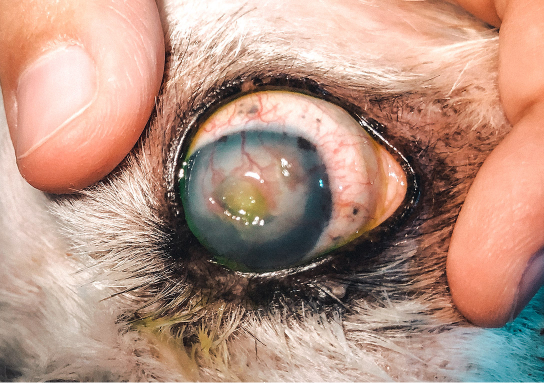
A fluorescein test should be performed at every basic eye examination. It is very simple to perform with immediate results. A green discoloration shows damage to the cornea.
The slit lamp is very important for the ophthalmologist. It is actually a biomicroscope with 10 and 16 times magnification. The examination is carried out using white and blue light (the fluorescein-marked defect is displayed). The light is either circular or a slit. In the slit, we can observe different structures of the eye. It is very important for examining the cornea and lens.
The direct and indirect ophthalmoscope is used to examine the retina and vitreous body. With a direct ophthalmoscope, we can see the retina as in reality, with an indirect ophthalmoscope the image is reversed. We look at the retina to see the optic disc, the structure of the blood vessels and any changes.
Other examinations include sonography, ERG Ė retinal function, angiography, magnetic resonance imaging, computed tomography, etc.
Author of the article
Lucie Míková, DVM
Lucie Míková, DVM graduated from the Faculty of General Veterinary Medicine at the University of Veterinary and Pharmaceutical Sciences in Brno. She is a specialist of the Chamber of Veterinary Doctors in Czech Republic for the assessment of hereditary eye defects. She completed the ESAVS Ophthalmology I course in Luxembourg and Opthalmolgy II in Toulouse. She regularly participates in European ophthalmology courses. She has been working with Energy products since 1998.
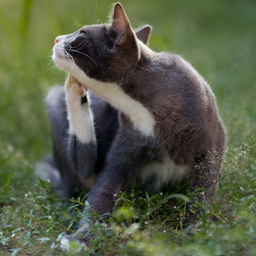
Tickvet
Tickvet is a natural veterinary product to repel bloodsucking insects, especially fleas and ticks.
Read the article

Psychosomatics in veterinary medicine
Psychosomatics is nowadays a recognized field of medicine, especially in human medicine, but also in veterinary medicine is...
Read the article
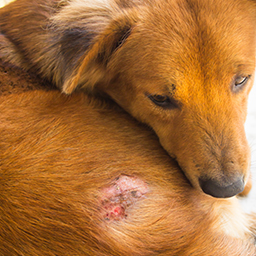
Imunovet and healing of open wounds
There are situations where it is not reasonable to put the dog under anesthesia to suture the laceration. Or situations where...
Read the article
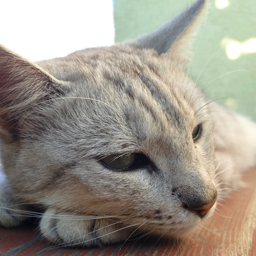
Hyperthyroidism of cats
Hyperthyroidism, or pathologically elevated thyroid function, is the second most common endocrinopathy in cats. The cause is usually...
Read the article
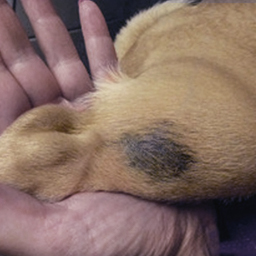
Patch after tick bite, coat renewal
The castor bean tick, Ixodes ricinus, is an arachnida known to belong to the Ixodidae family. We know...
Read the article
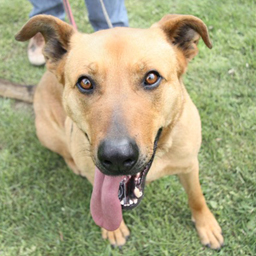
Dogs in Heat
IT’S SPRING... and with it female dogs being in heat. Or what to do with the male dog when the female dog is in heat?
Read the article
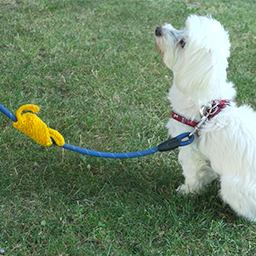
Yellow ribbon
A yellow bow or ribbon indicates a dog who, for a variety of reasons, needs to be given space.
Read the article
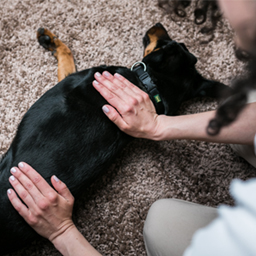
Touches that bring relief
When I first applied a butterfly massage to an animal, I believed in its power. Not by chance did I find ...
Read the article

Ticks
It is spring, it is getting warmer, and we need to think about protecting our four-legged friends from ticks. And since we will now be seeing more of ...
Read the article
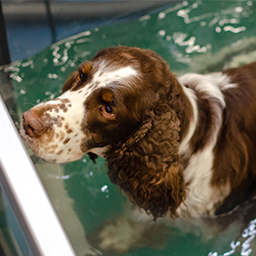
Aquatherapy / Hydrotherapy and Kingvet
Physiotherapy and rehabilitation for animals focuses on the diagnosis, treatment, and prevention of ...
Read the article

Warts on puppies
Warts on young dogs are most often of infectious origin, caused by the papillomavirus. They are contagious to other dogs (not to other animal species or humans).
Read the article

Metamorphic technique for animals
The metamorphic technique, known as butterfly massage, is a gentle harmonizing technique that is applied to the spinal reflex zones on the feet, hands and head in humans.
Read the article
